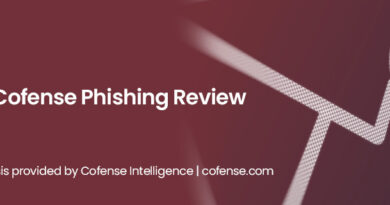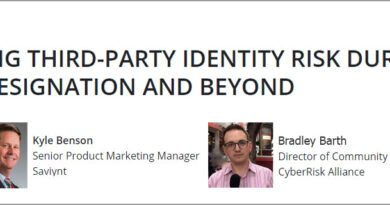CYBERSECURITY IN U.S. CRITICAL INFRASTRUCTURE: HEALTHCARE

The healthcare sector is arguably among the most critical parts of the United States economy. It plays a central role in people’s lives, supporting their health and well-being and the nation’s productivity.
According to the Bureau of Labor Statistics, the healthcare sector now employs 11% of American workers and accounts for 24% of government spending. Health insurance is the largest component (26%) of nonwage compensation, and healthcare, at 8.1%, is one of the largest consumer spending categories.
A well-functioning healthcare sector means a well-functioning economy. Unfortunately, the U.S. health care system faces substantial headwinds, especially when it comes to information security.
The medical services industry is in a uniquely vulnerable position when it comes to ransomware. Such attacks can mean a question of life and death. If a company falls prey to ransomware, those in most non-medical industries can choose possible responses. They might even refuse to pay and attempt to restore backups to foil an attack. That sometimes is not an option for hospitals and other acute medical care providers.
Healthcare’s vulnerabilities to ransomware are widespread. Hospitals and first responders use an abundance of internet of things (IoT) sensors and mobile devices. These devices are often interfaced with outdated, vulnerability-laden operating systems. The massive 2017 WannaCry ransomware attack spread so effectively in part because of how many hospitals were still using Windows 2007, for example.
Vendor incidents and cyberattacks leading to network outages remain the leading threats against the healthcare sector, as two more providers report falling victim to these types of incidents. In October 2021 alone, the network of Central Indiana Orthopedics was knocked offline after being hit with ransomware, while Dental Alliance reported a breach impacting multiple dental care sites.
Also, in October 2021, Lockbit threatened to leak data they claimed to have stolen from Washington based nonprofit Merit Resource Service. The Groove attack gang also threatened to publish data they claimed to have stolen from Tri Valley Primary Care in Pennsylvania.
In this survey, we examined the ability of healthcare organizations to identify and protect against malware and ransomware attacks, detect and respond to such attacks, and, ultimately, their ability to recover from such attacks.



